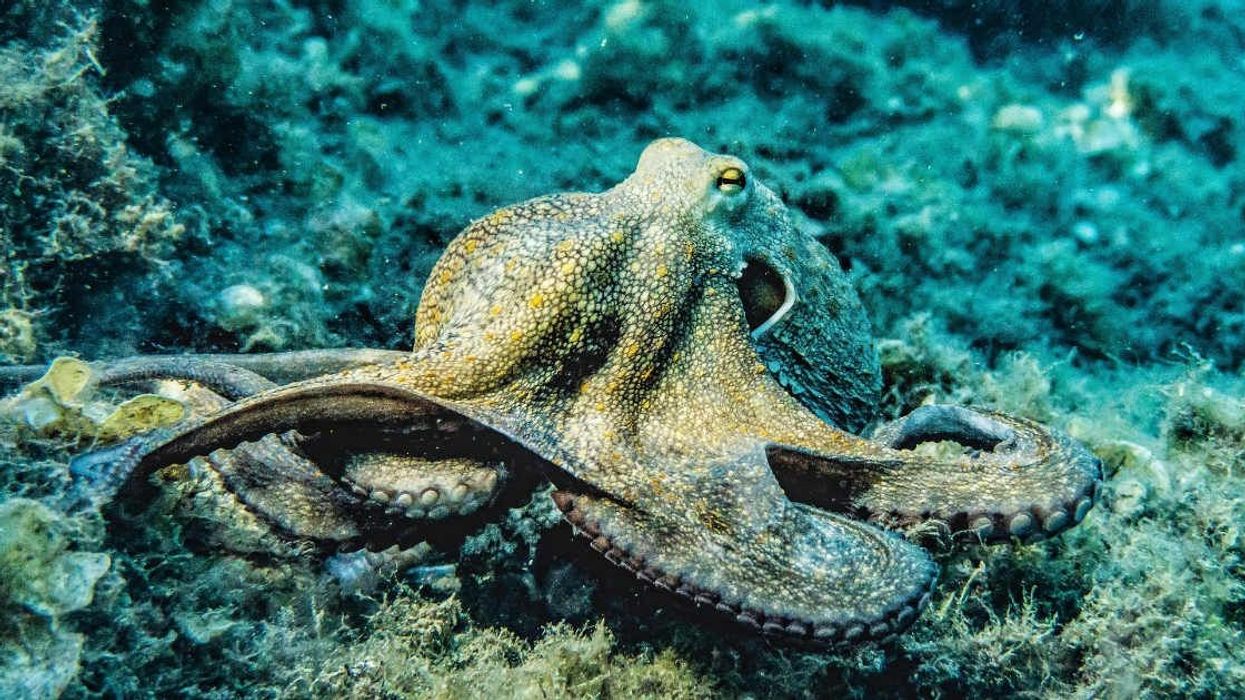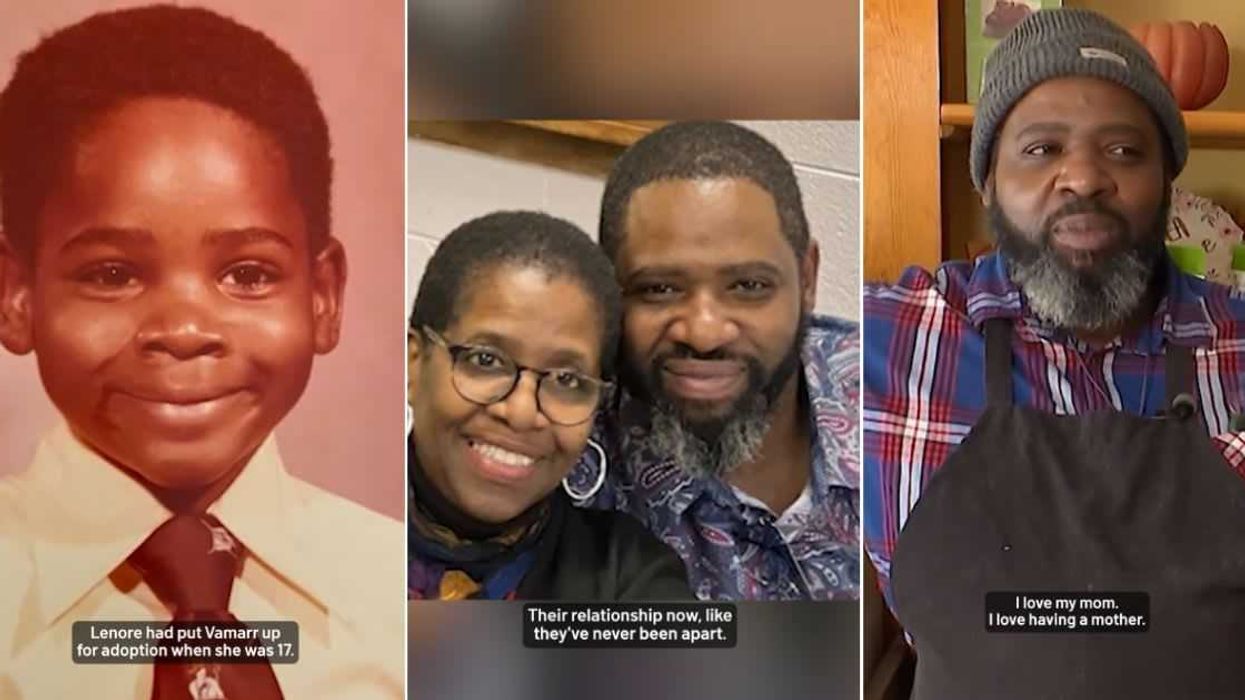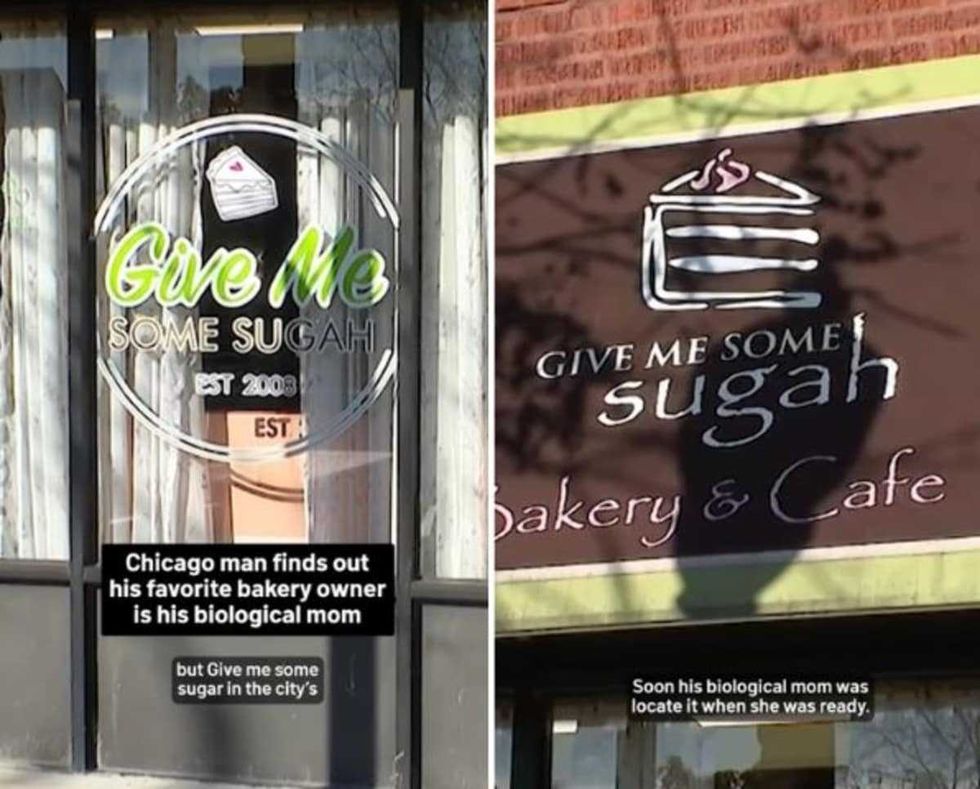When you think of possible colors to paint a locker room in a college football stadium, “pink” probably doesn’t top the list. But back in 1979, Iowa coach Hayden Fry, thinking it would give his team a psychological advantage, decided that’s the color that would cover every inch of the visiting team’s locker room. The pastel decor remained year after year, and when Iowa’s Kinnick stadium was remodeled back in 2005, guess what color they went with for the locker room?
Yup. The pink stayed.
However, for a few hours this past Saturday, the room took on a decidedly new décor as the visiting Michigan Wolverines decided that their temporary digs could use an update. So they covered the place in maize and yellow banners, pictures, flags, and printed pro-Michigan slogans.
The prank found its way to Twitter, as all pranks in 2016 inevitably do. The video was shared by an official school account soundtracked by “Hail to the Victors,” UM’s fight song.
It may have been a pretty clever tactic, but wasn’t enough to stave up a monumental upset as Iowa, a 21-point underdog, knocked off #3 Michigan with a last-second field goal, winning 14-13.
But it did get a little more exposure to the pink room, a collegiate relic that’s been surrounded by lore, curiosity, and more than a little controversy.
In the past decade or so, it’s been decried by some as a homophobic, misogynistic attempt at emasculation, a typically arcane tradition towards which fans not only turn a blind eye but embrace. And while it doesn’t seem like a huge leap of logic that a football coach in 1978 would leverage those crass insinuations to mess with a visiting team, the history of Kinnick’s pink locker room isn’t quite so cut-and-dry.
Then-coach Hayden Fry said he picked the color to gain a strategic advantage, but not due to any of the connotations above. Rather, he recalls from his time as a psychology major that the color pink had a calming and passive effect on people. Seeing as how his team would take calm and passive opponents over any other agitated and aggressive ones, they went with pink.
Beyond the psychological reasons given by the coach and the sociocultural ones given by critics, there’s absolutely no debate that the room is incredibly, incredibly ugly. Nauseatingly so. And a nauseous team is a vulnerable team, I suppose.
The school doubled down on the pink aesthetic in the stadium’s recent $88 million renovation, adding pink to brick walls, shower floors, lockers, sinks, and even urinals. Here’s a glimpse of what opposing teams are in for:
As for an official school response, former Iowa University president Sally Mason sidestepped the issue a couple years ago, claiming that she didn’t really have strong feelings for it “one way or the other,” and the cost to change the décor would be prohibitive and wasteful on the heels of a pricey remodel.
Reluctance on the administration’s part to act hasn’t kept opponents from voicing their concern and, in some cases, outrage:
Since people can’t even agree on WHY the locker room is pink, it’s unlikely that much action will be taken to give it an official remodel, though visiting teams could take a cue from Michigan and dress it up however they see fit during their brief residencies.

















 Screenshots of the man talking to the camera and with his momTikTok |
Screenshots of the man talking to the camera and with his momTikTok |  Screenshots of the bakery Image Source: TikTok |
Screenshots of the bakery Image Source: TikTok | 
 A woman hands out food to a homeless personCanva
A woman hands out food to a homeless personCanva A female artist in her studioCanva
A female artist in her studioCanva A woman smiling in front of her computerCanva
A woman smiling in front of her computerCanva  A woman holds a cup of coffee while looking outside her windowCanva
A woman holds a cup of coffee while looking outside her windowCanva  A woman flexes her bicepCanva
A woman flexes her bicepCanva  A woman cooking in her kitchenCanva
A woman cooking in her kitchenCanva  Two women console each otherCanva
Two women console each otherCanva  Two women talking to each otherCanva
Two women talking to each otherCanva  Two people having a lively conversationCanva
Two people having a lively conversationCanva  Two women embrace in a hugCanva
Two women embrace in a hugCanva 
 A reddit commentReddit |
A reddit commentReddit |  A Reddit commentReddit |
A Reddit commentReddit |  A Reddit commentReddit |
A Reddit commentReddit |  Stressed-out employee stares at their computerCanva
Stressed-out employee stares at their computerCanva
 Who knows what adventures the bottle had before being discovered.
Who knows what adventures the bottle had before being discovered. 
 Gif of young girl looking at someone suspiciously via
Gif of young girl looking at someone suspiciously via 

 A bartender makes a drinkCanva
A bartender makes a drinkCanva